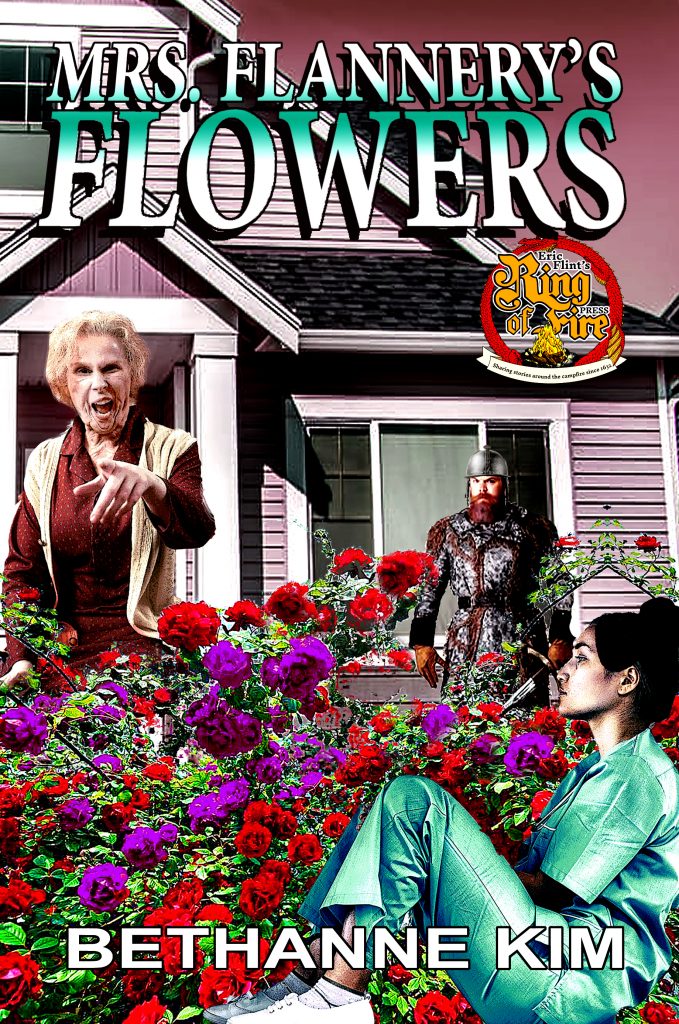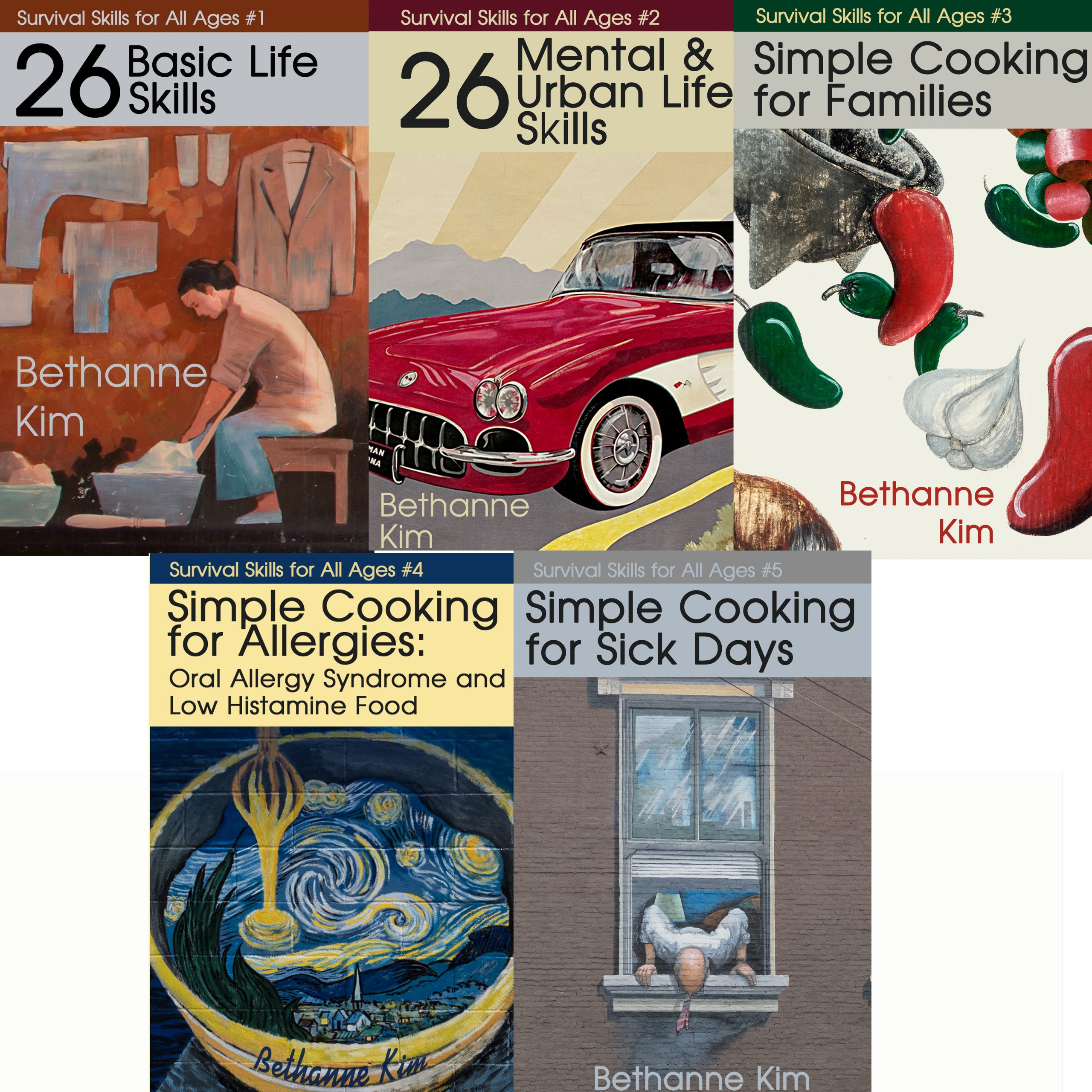Mrs. Flannery’s Flowers

When you write, the characters are there in your head. They are clearly characters for the story, but they have things to say and do. As the writer, your job is to give those things life by writing the story. You have a lot of control – but don’t be mistaken, the characters aren’t blank slates. There are things that will be said and done because that’s how they want it. Since they are in your head, they can bug you until you do what you want.
Irene Flannery is a central character in Mrs. Flannery’s Flowers (obviously). Prior to this, she had a one scene of normal human interaction, one scene of her screaming at a woman, several mentions of her nastiness if anyone came near her yard, a (short) death scene, and her funeral. A few hundred words establishing how unpleasant she was. I guess she didn’t like that because she decided to take up residence in my head where she has demanded tens of thousands of words be devoted to rehabilitating her. Not just rehabilitating her, but giving her a legacy that even Mother Theresa would be impressed by. Well, maybe not Mother Theresa, but certainly lesser mortals.
In addition to Mrs. Flannery, Krystal Reed is a major character. Like it or hate it, most residents of Grantville are able to accept their changed reality. They are in the 1630s now and they won’t be going back to the future again. What’s gone is gone. But not Krystal. Krystal will not accept it. She is determined that just as they were sent back through time to the 1630s with no warning, they can be sent forward again to 2000 with no warning. She eventually accepts it and goes to nursing school, but not easily or quickly.
Amazon Review: Here we get a fresh new authors take on Grantville and what life was like for people caught there completely unawares. The characters are richly developed and the complexity of how different world views stifles effective communication is well demonstrated. Recommended for all fans of the 1632 universe of novels. – review from Allen W. McDonnell
